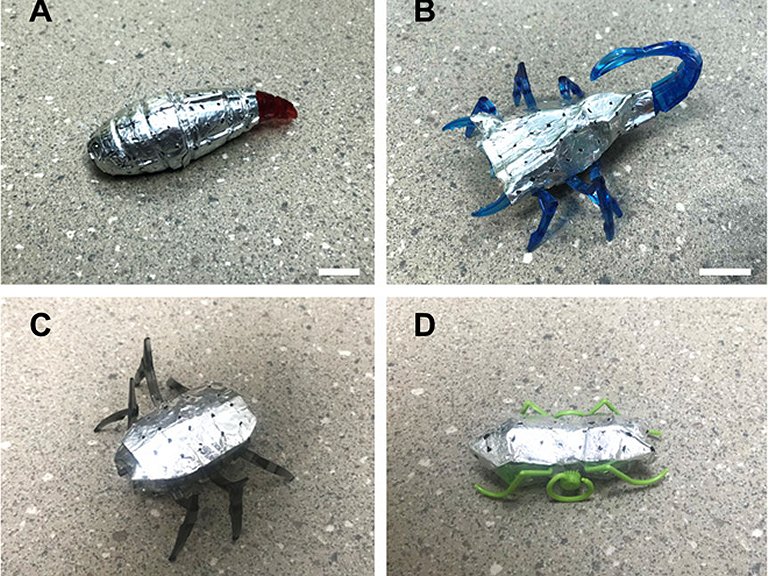TECH

Biomorphic batteries store energy in the skin of robots
Biomorphic battery
In the same way that biological reserves of fat store energy in animals, a new rechargeable zinc battery integrates into the structure of a robot to provide much more energy than current batteries.
A new approach to increasing the capacity of robots is very welcome, as robots shrink to the microscale or need to be lightweight to carry more loads, such as delivery drones.
"No other reported structural batteries are comparable, in terms of energy density, to today's advanced lithium batteries. We have improved our previous version of structural zinc batteries by 10 different measurements, some of which are 100 times better, to make this happen. , "said Professor Nicholas Kotov, from the University of Michigan, who had presented the first version of his zinc battery in February last year.
The combination of high energy density and cheap materials means that the battery has the potential to double the reach of delivery robots.
"And this is not the limit. We estimate that robots could have 72 times more energy capacity if their exteriors were replaced with zinc batteries, compared to a single lithium-ion battery," said researcher Mingqiang Wang.
Zinc-air battery
The new battery works by passing hydroxide ions between a zinc electrode and air through an electrolytic membrane. This membrane is partly a network of aramid nanofibers - the carbon-based fibers found in Kevlar vests - and a new water-based polymer gel. The gel helps to transport hydroxide ions between the electrodes.
Made with cheap, abundant and largely non-toxic materials, the battery is a little more environmentally friendly than those currently in use. Gel and aramid nanofibers do not catch fire if the battery is damaged, unlike the flammable electrolyte in lithium ion batteries. And aramid nanofibers can be recycled.
To demonstrate their batteries, the researchers used miniature, normal-sized toy robots shaped like a worm and a scorpion, replacing the original batteries with zinc-air batteries.
They connected the cells to the motors and wrapped them around the robots, simulating the use of the robots' fairings as energy sources, in what the team calls "biomorphic batteries". Everything worked and the autonomy of the robots increased dramatically.
But not everything is ready to revolutionize robotics: The great disadvantage of zinc batteries is that they maintain high capacity for only about 100 cycles, instead of the 1,000 or more that we expect from the lithium-ion batteries in our cell phones.
This is because the metallic zinc forms tips that eventually pierce the membrane between the electrodes, and the battery stops working.
Bibliography:
Biomorphic structural batteries for robotics
Authors: Mingqiang Wang, Drew Vecchio, Chunyan Wang, Ahmet Emre, Xiongye Xiao, Zaixing Jiang, Paul Bogdan, Yudong Huang, Nicholas A. Kotov
Magazine: Science Robotics

No comments:
Post a Comment